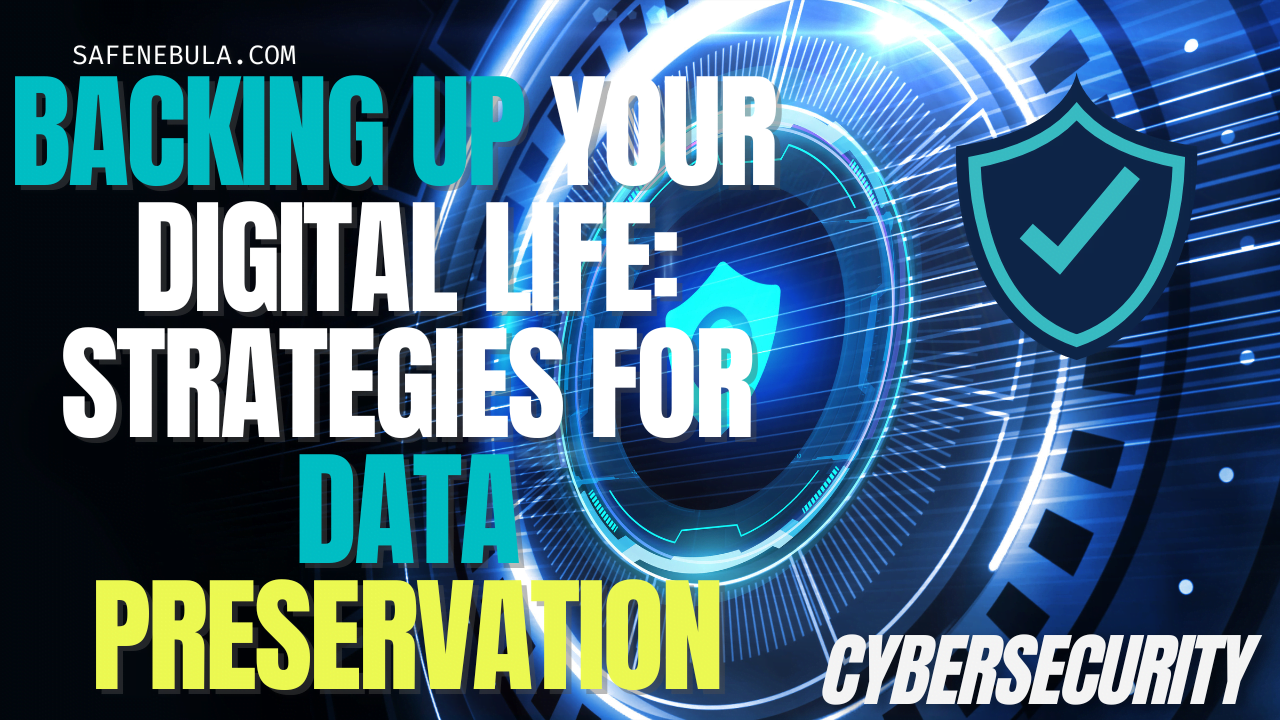In an era where our lives are increasingly digital, the importance of backing up our data cannot be overstated. From cherished personal memories to critical work documents, losing digital information can be at best inconvenient, and at worst, catastrophic. This guide outlines effective strategies for preserving your digital data, covering cloud storage services, external hard drives, and the automation of backup processes.
Understanding the Importance of Backups
A robust backup strategy protects against data loss from various threats, including hardware failure, software corruption, theft, and natural disasters. The goal is to ensure that no single point of failure can obliterate your valuable data.
The 3-2-1 Backup Rule
A widely recommended strategy for data backup is the 3-2-1 rule:
- Have at least three total copies of your data.
- Store the copies on two different media.
- Keep one backup copy offsite.
Strategies for Data Preservation

1. Cloud Storage Services
Cloud storage services like Google Drive, Dropbox, and Microsoft OneDrive offer a convenient way to back up data remotely. These services typically provide a certain amount of free storage, with the option to purchase more if needed.
- Pros: Easy access from any location or device, data is stored offsite, and many services offer file versioning.
- Cons: Requires an internet connection, ongoing costs for additional storage, and potential privacy concerns.
Setting Up Cloud Backups:
- Choose a cloud service provider and create an account.
- Install any required software on your devices.
- Select the folders and files you wish to automatically sync to the cloud.
2. External Hard Drives
Backing up to an external hard drive is a straightforward and cost-effective way to secure your data. External drives offer large storage capacities and can be easily connected to most computers via USB.
- Pros: One-time cost, fast data transfers, and control over your data security.
- Cons: Susceptible to physical damage and requires manual effort to keep backups current.
Setting Up External Drive Backups:
- Connect an external hard drive to your computer.
- Use built-in backup software (such as Windows Backup and Restore or macOS Time Machine) or third-party applications to schedule regular backups to the drive.
3. Automating Backup Processes
Automating the backup process ensures that your data is regularly backed up without requiring manual intervention. Both cloud services and external drives can be configured for automatic backups.
- Pros: Minimizes the risk of data loss due to forgotten manual backups.
- Cons: Initial setup required, and automated processes must be monitored for errors.
Implementing Automated Backups:
- For cloud backups, use the service’s app or website settings to schedule automatic backups.
- For external drives, configure your chosen backup software to perform backups at regular intervals.
Conclusion
Backing up your digital data is a critical component of a comprehensive digital security strategy. By employing cloud services, external hard drives, and automating the backup process, you can ensure that your data remains safe and recoverable in the face of various threats. Remember, the best backup strategy is one that is regularly reviewed and adapted to meet your evolving needs. Start safeguarding your digital life today by implementing these data preservation strategies.
